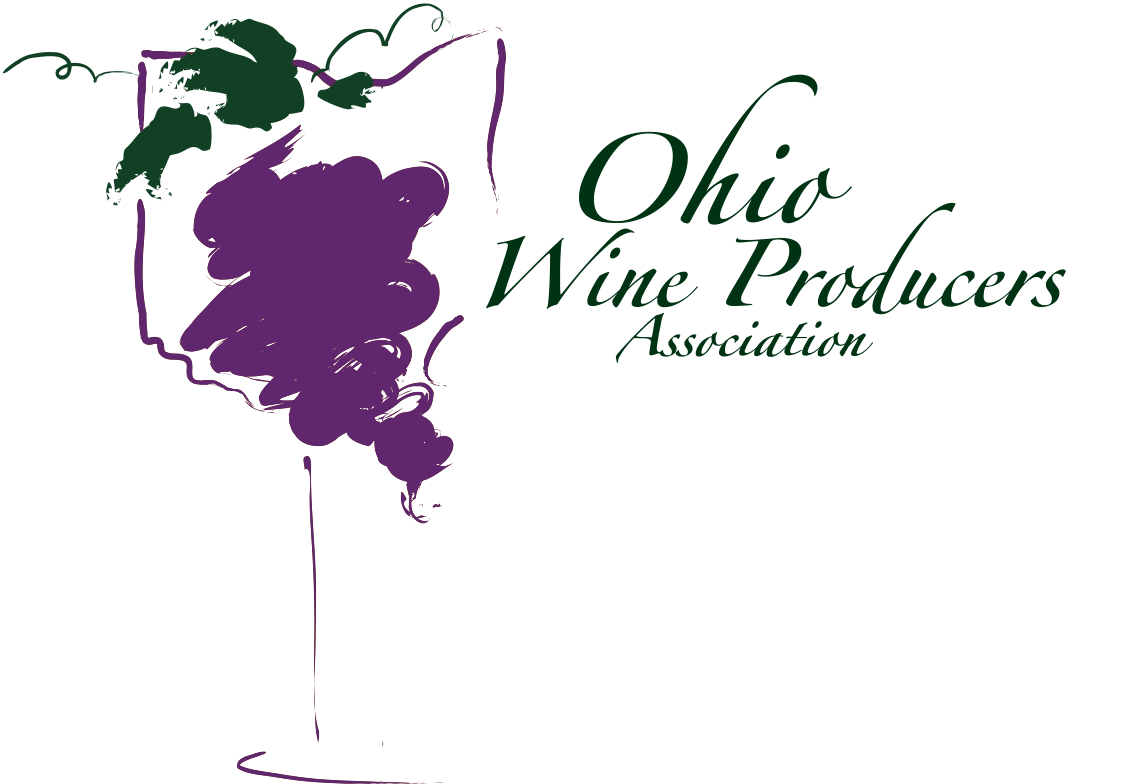Grüner Veltliner – a wine worthy of exploration
I subscribe to a twice weekly blog from an organization called ‘Wine Folly’ whose books, gift items, maps, etc., are sold to wine lovers across the country. Their post on March 11 lead with this quote:
“Some wines start in one location and then gain even more acclaim in another (see Carménère or Malbec), but Grüner Veltliner is one of those grapes that begins and ends in the same place: Austria.”
While I am a big fan of the information Wine Folly shares, in this case, I beg to differ just a bit. Here in the Grand River Valley at least three of our growers have this lovely grape in the ground: Ferrante Winery, Harpersfield Vineyard and M Cellars. And we are doing an exceptional job with the variety.
It is true that Austrian vineyard plantings out number ours [about 42,000 acres there to just a handful here] but our versions are planted on sites that replicate many of the the soil and climactic conditions of Austria.
Wine Folly describes it as an ‘abundantly complex’ wine for a white. It has fruit notes of citrus. Its minerality is described as flinty and its spicy white pepper flavors all contribute to fulfilling the description they cite. It is generally light bodied and the color of pale straw.
In Austria, one of the best know wineries is located in the Wachau Valley [another Valley, not the Grand, but one carved by a great river], the Domäne Wauchau and the wine they selected to discuss was a 2019 Federspiel Terrassen Grüner. [ Nick Ferrante shared that he actually visited that winery and shared one of 2016 Grüners with the winemaker there.]
It might be fun to pick up a bottle or two of local Grüner Veltliner and compare one or more with the tasting notes from the highly touted Austrian version. [It is improbably that the local stores carry this label so a head-to-head comparison would not likely be possible.]
So from the Wine Folly Domäne Wauchau tasting notes you might want to use as you sip an Ohio version:
Aromas: Yellow apple, lime, crushed rock, white pepper, and asparagus. Their notes say the asparagus is somewhat hidden but there as an undercurrent.
On the palate: The acids are quite high but appropriate for food pairing. To create an image and help you explain what is happening in your mouth, they say “between the acid and the flavors of lime and slate, you are left with the mental image of someone crushing citrus on a rock for some of the most hardcore limeade you ever had.”
Food pairings; The recommendations lean toward Asian food as the light spiciness and strong acid backbone could handle a sesame chicken or stir fry. They also recommended that fried flounder would complement the lime flavors. And finally, given the culinary ethnicity of Austria’s population, they suggested one should try Weiner Schnitzel.
Finally, it is true some of Austria’s unique climate and terroir conditions which are reflected here, but some are not. While we do not have the sloping vineyards and higher altitudes of most of their vineyard sites, we too are ‘cool climate’ viticultural region. Grüner should see an exciting future in our Grand River Valley AVA.
This column is a little different than most I share as some of the esoteric flavor and palate descriptions cited are far beyond Wine 101 or 201….but perhaps for an experiment during the remaining COVID restricted days, it just might be fun to chill a bottle of local Grüner and see if any of the descriptions are reflected in what you are tasting.
However, even if the similarities are not obvious, you will still have a lovely time simply sipping a lovely wine as we all await the day when the masks disappear and we can sit together with groups of friends tasting wines on a bright and sunny day.
For additional information: dwinchell@ohiowines.org
